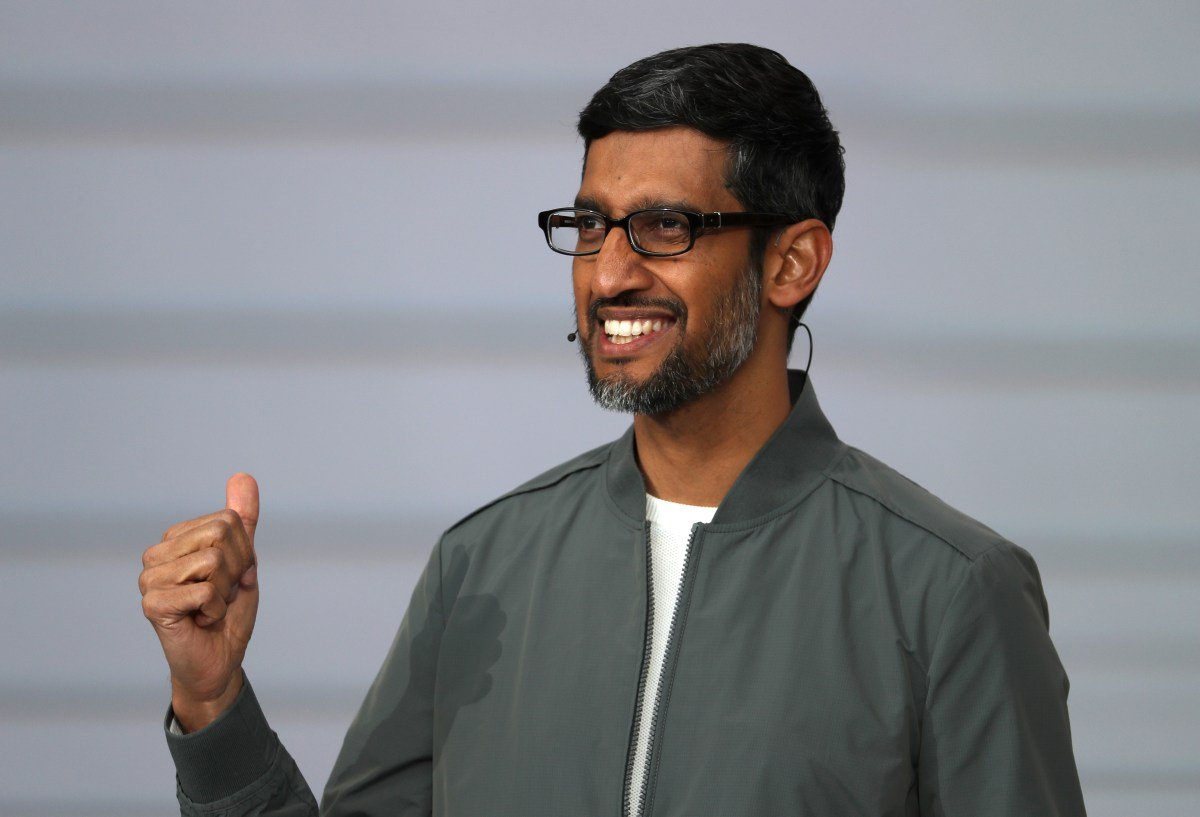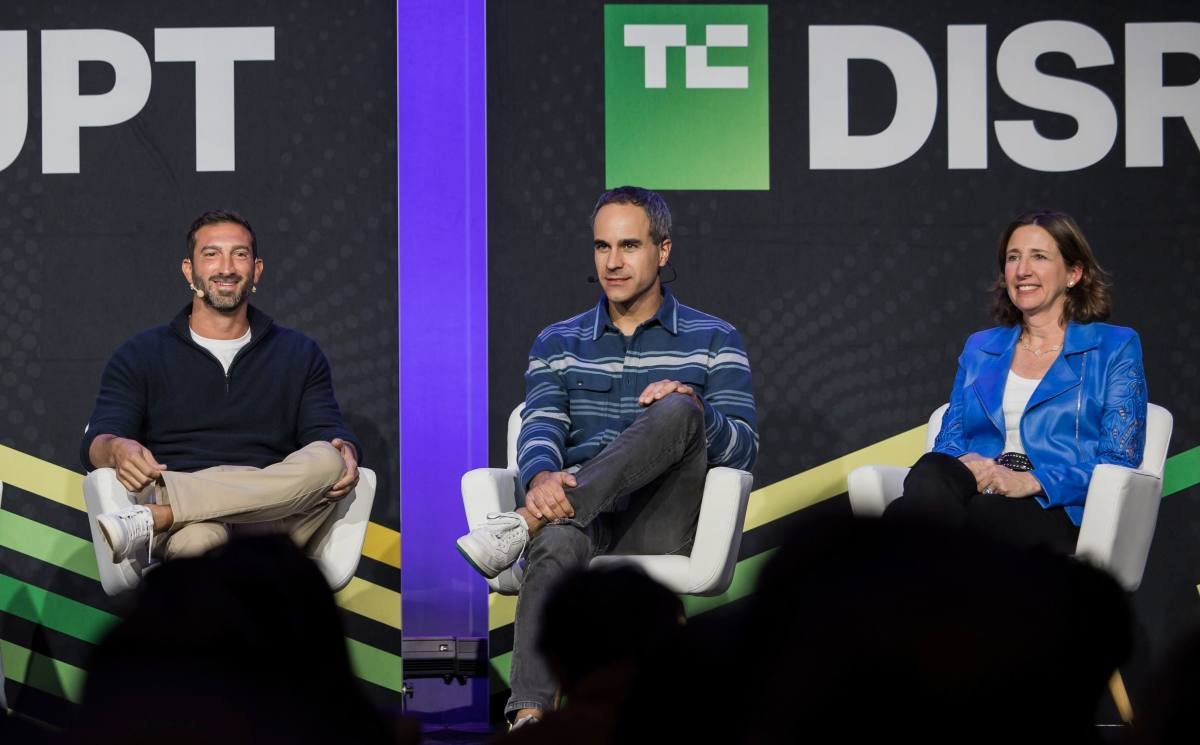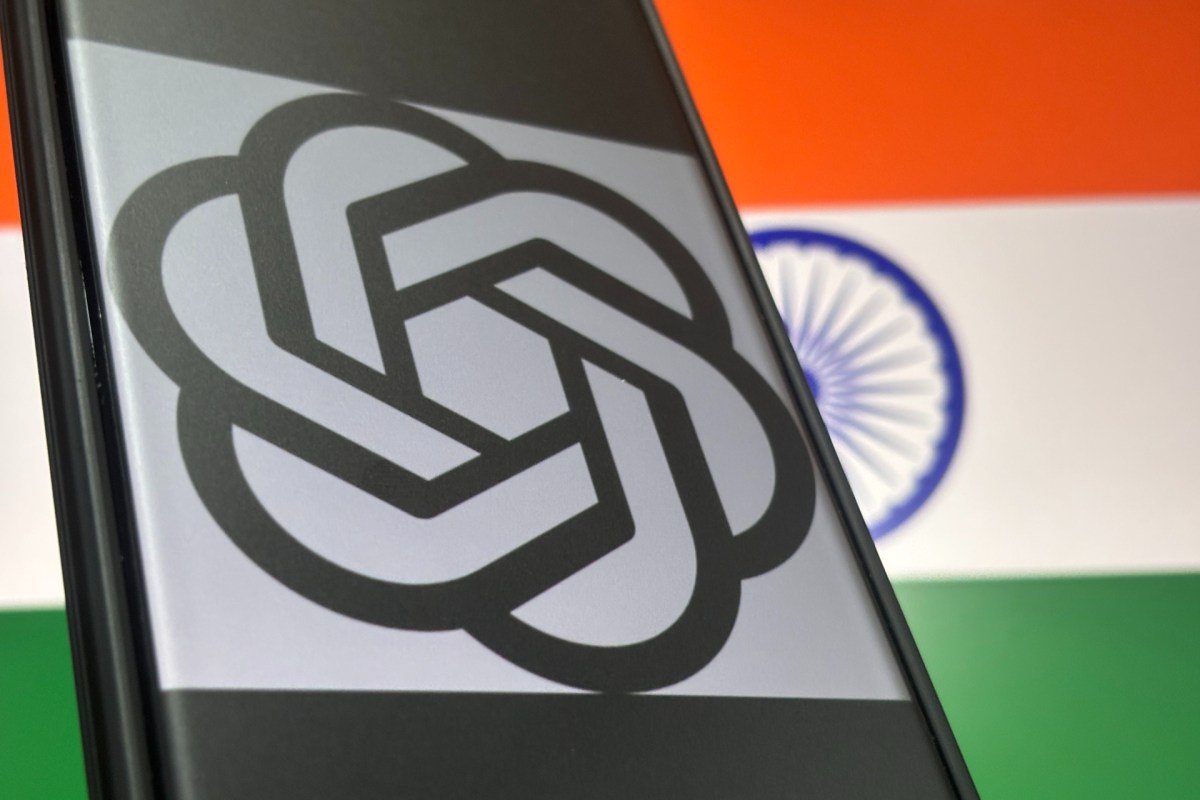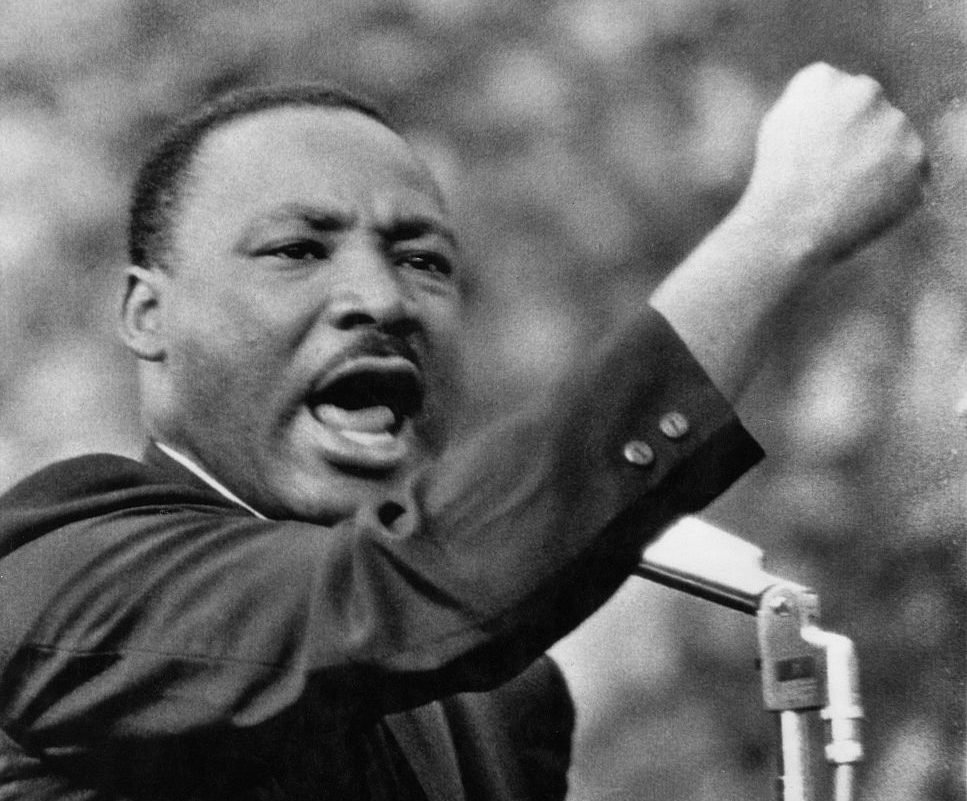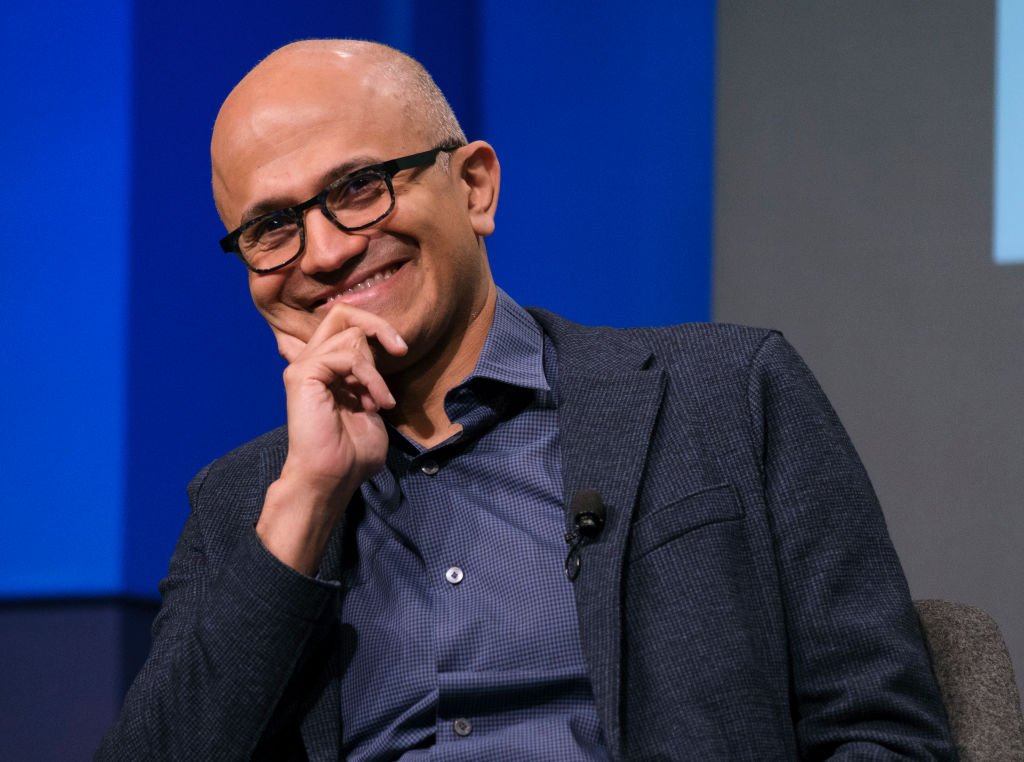Google Unveils Enhanced Gemini Deep Research Agent Powered by Gemini 3 Pro
On Thursday, Google unveiled a revamped version of its research agent, Gemini Deep Research, now enhanced with the cutting-edge Gemini 3 Pro foundation model.
Empowering Developers with New Research Capabilities
This updated agent goes beyond generating research reports to allow developers to integrate Google’s state-of-the-art research functionalities into their own applications through the new Interactions API. This innovation marks a significant advancement in the evolving landscape of agentic AI.
Versatile Solutions for Diverse Applications
The latest Gemini Deep Research tool is adept at synthesizing vast amounts of data, capable of managing substantial context within prompts. Google highlights its use for a variety of purposes, including due diligence and drug toxicity investigations.
Integrating AI Into Everyday Services
Google plans to weave this new deep research agent into key platforms, including Google Search, Google Finance, Gemini App, and its widely utilized NotebookLM. This strategy anticipates a future where AI agents will handle information queries, reducing the need for users to search online themselves.
Minimizing AI Hallucinations for Enhanced Accuracy
The Deep Research tool benefits significantly from Gemini 3 Pro’s status as the “most factual” model, specifically designed to reduce hallucinations, a pressing issue during complex, long-term reasoning tasks.
New Benchmark: DeepSearchQA
To validate its capabilities, Google introduced the DeepSearchQA benchmark, tailored for evaluating agents on intricate, multi-step information-seeking tasks, which has been made open source for broader community use.
Performance Comparisons with Other Leading AI
Additionally, Google tested Deep Research on the intriguingly named Humanity’s Last Exam and BrowserComp benchmarks. While Google’s new agent excelled in its own tests and Humanity’s, OpenAI’s ChatGPT 5 Pro emerged as a robust competitor, slightly outperforming Google on BrowserComp.
Rivalry Heating Up: OpenAI Launches GPT 5.2
The benchmark announcements from Google coincided with OpenAI’s release of the much-anticipated GPT 5.2, codenamed Garlic. OpenAI posits that its latest model outperforms competitors in crucial benchmark tests, including its own.
Strategic Timing for AI Announcements
The timing of Google’s announcement seems strategic, as it aims to capture attention amidst the buzz surrounding OpenAI’s Garlic, highlighting its commitment to innovation in AI technologies.
Sure! Here are five FAQs regarding Google’s latest AI research agent launch, coinciding with OpenAI’s release of GPT-5.2.
FAQ 1: What is Google’s new AI research agent?
Answer: Google’s new AI research agent is its deepest and most sophisticated artificial intelligence model to date. It leverages advanced machine learning techniques to enhance natural language understanding, improve conversational capabilities, and support a wide range of applications, from research assistance to creative content generation.
FAQ 2: How does this release compare to OpenAI’s GPT-5.2?
Answer: While both Google’s new AI agent and OpenAI’s GPT-5.2 push the boundaries of natural language processing, they may differ in specific capabilities, underlying architecture, and intended use cases. Google’s model is designed to enhance interactive and contextual understanding, while GPT-5.2 focuses on refining conversational flow and accuracy.
FAQ 3: What are the potential applications of Google’s AI research agent?
Answer: Google’s AI research agent can be applied in various fields, including customer service, content creation, coding assistance, and educational tools. Its advanced capabilities are aimed at improving user interactions, delivering personalized experiences, and aiding researchers in data analysis.
FAQ 4: Are there any ethical concerns associated with these AI advancements?
Answer: Yes, with the advancement of AI technology comes ethical considerations, including bias in algorithms, privacy concerns, and potential job displacement. Both Google and OpenAI emphasize the importance of developing these technologies responsibly and are actively working on guidelines to address these issues.
FAQ 5: How can users access Google’s new AI research agent?
Answer: Google is expected to gradually roll out its new AI research agent through its existing products, like Google Search and Workspace tools. Users may also find dedicated AI applications or APIs available for developers looking to integrate this technology into their platforms, though specific access details haven’t been fully implemented yet.

